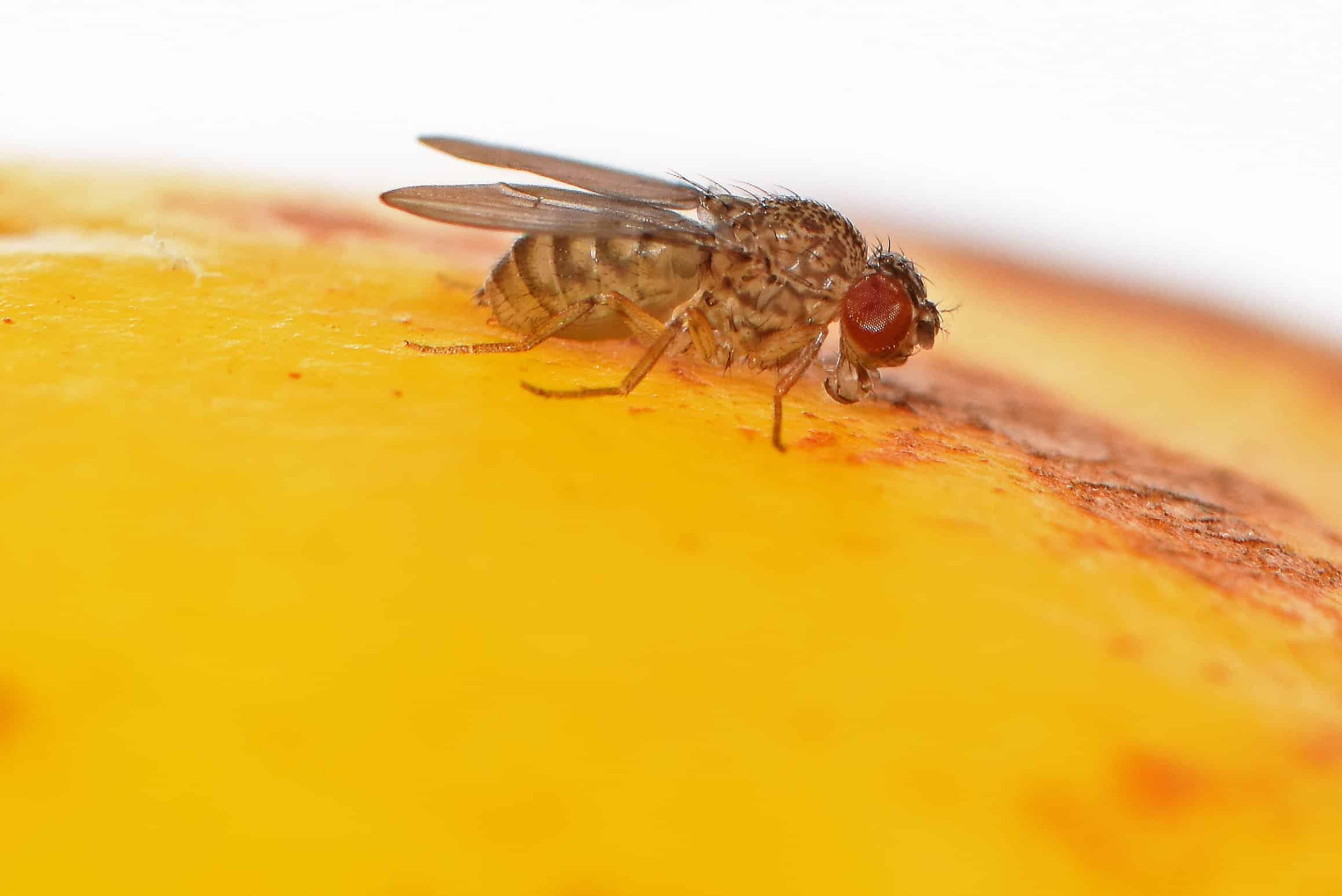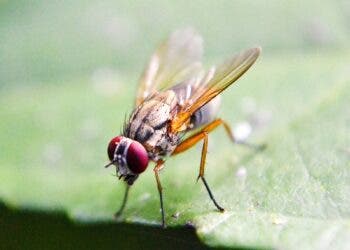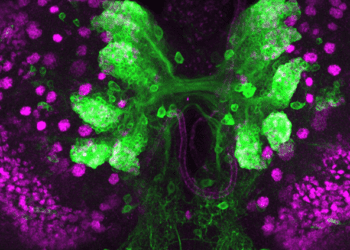Earlier this year, caretakers at a zoo in Costa Rica reported an unprecedented case of a crocodile who made herself pregnant – a phenomenon called virgin birth. Now, scientists have induced the same process in female fruit flies for the first time, identifying a set of genes that allowed the insect to reproduce without a father.

For most animals, reproduction is sexual, including for the fruit fly Drosophila melanogaster. It involves a female’s egg being fertilized by a male’s sperm.
But virgin birth, parthenogenesis, changes the rules. In a virgin birth, the egg develops into an embryo without fertilization by sperm. Essentially, there’s no male required. This brings some obvious advantages (mating can be pretty taxing), but also comes at a cost. The offspring are genetically very similar to the mother and are always female.
Parthenogenesis has been observed in over 80 vertebrate species, including some lizards, snakes, sharks, and rays. In the vast majority of cases, this was observed in captive animal populations. However, some researchers think this may be more common in some species than we think, it’s just that we haven’t observed it yet.
In the new study, researchers first identified the underlying mechanisms through which parthenogenesis can be realized in fruit flies — and then showed that they can engineer it.
“We’re the first to show that you can engineer virgin births to happen in an animal – it was very exciting to see a virgin fly produce an embryo able to develop to adulthood, and then repeat the process,” Dr. Alexis Sperling, a researcher at the University of Cambridge in the UK and the first author of the paper, said in a news release.
Fatherless fruit flies
Sperling and his team first sequenced the genomes of two strains of another species of fruit fly, Drosophila mercatorum. One strain relied on males for reproduction, while the other exclusively employed virgin birth. Their objective was to identify the genes that were switched on and switched off during the process of fatherless reproduction.
Once they did, the researchers proceeded to modify the presumed corresponding genes in the widely studied fruit fly species Drosophila melanogaster. Some fruit flies have been observed to undergo virgin births, but not this species of fruit fly.
But after the genetic modification, this changed.
“In our genetically manipulated flies, the females waited to find a male for half their lives – about 40 days – but then gave up and proceeded to have a virgin birth,” Sperling said. Only 1-2% of the 2nd generation of female flies adept at virgin birth produced offspring in the experiments, and this only occurred when no male flies were available.
Remarkably, this manipulation resulted in Drosophila melanogaster gaining the ability to undergo virgin birth. The study involved over 220,000 virgin fruit flies and took over six years to conclude. It undeniably showed that flies can be engineered to reproduce without males.
“The fruit fly study is exciting because it demonstrates how parthenogenesis can evolve in a sexually reproducing species as a back-up strategy for females that are unable to find a partner. The ease of manipulating genes and the ability to then test many individual offspring in the fruit fly system made this work possible,” said Herman Wijnen, Associate Professor of Biological Sciences, University of Southampton.
Could we do this for mammals, and maybe humans?
Over the course of a century, Drosophila melanogaster has served as the quintessential “model organism” for genetic research, resulting in a deep understanding of its genes and highly refined genetic research methodologies. So, understandably, this begs the question: could we do this in other animals — and even humans?
Parthenogenesis is extremely rare in mammals. In particular, there’s one process preventing this phenomenon in mammals (including humans): genomic imprinting. This phenomenon means that the egg and sperm carry different, sex-specific, epigenetic markings. You need a correct combination of both maternal and paternal markings to develop normally.
This barrier does not exist in fruit flies, but it makes for a very different challenge in humans.
“For those wondering if the same would be true of humans, the answer is probably not. Our diversity protects us: having two copies of the DNA not only provides a back-up for harmful DNA variants (found in every person) but is necessary for so called imprinted regions which are specifically active from the maternal or paternal DNA copy. Nevertheless, this exciting research furthers our understanding of reproduction in the animal kingdom.”
So Sperling and colleagues aren’t even looking at replicating the same process in humans. Instead, they’re looking at something much more practical: why virgin birth in insects are becoming more common pest species:
“If there’s continued selection pressure for virgin births in insect pests, which there seems to be, it will eventually lead to them reproducing only in this way. It could become a real problem for agriculture,” the researcher concludes.
The study was published in the journal Current Biology.






